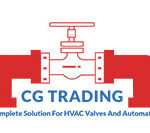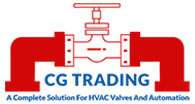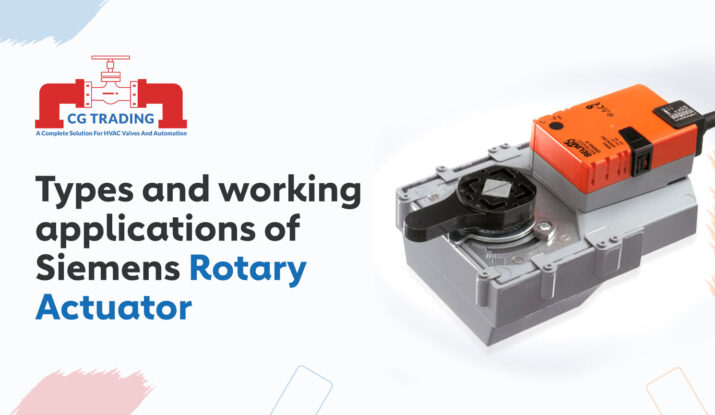Mechanical devices known as rotary actuators use energy from air, high pressure hydraulic fluid, or electricity to produce torque by creating an angular rotating motion. The primary goal of rotary motion which can be in either direction is to produce useful torque that can be utilized to turn objects. Applications for them are numerous and include robotics, home automation, and industrial automation. Different kinds of rotary actuators and their applications will be discussed in this blog post.
What is a Rotary Actuator?
A rotary actuator is a device that converts electrical energy into rotary or oscillatory motion. It can be powered by electricity, fluid, or hand. These actuators are mostly employed in manual or automatic valve operation, where the availability of utilities such as compressed air or electrical power plays an important role in selecting an actuator.
This type of actuator differs from a linear actuator in that a linear actuator transmits power via linear motion rather than rotation; nonetheless, a rotary actuator is connected to devices to make linear actuators. These actuators are used in mobile hydraulics, airplanes, and motion control systems.
Different Types of Rotary Actuator
Manual Rotary Actuators
Valve types like quarter-turn butterflies and ball valves are frequently operated by manual rotary actuators. To boost the torque that a manual operator can provide these actuators make use of a worm drive. It is possible to close and lock the valve in place as a result. To make applying the required force easier for users, these actuators usually feature sizable hand wheels. In the valve industry, they are sometimes referred to as gear operators or manual overrides.
Electric Rotary Actuators
Components are rotated by electric rotary actuators, often known as DC Gear motors, which draw electricity from a motor. They are employed for component control and positioning. These actuators can have a table or a circular shaft as the spinning element. Keyways are frequently seen on circular shafts, and bolt patterns are present on tables for mounting extra parts. The voltage supply, maximum torque, repeatability, load capacity, operating temperature, rotation angle, and linear stroke are among the specifications of an electric rotary actuator. Electric rotary actuators find application in a multitude of industries, including electric power, automotive, packaging, and high-power switching gears.
Hydraulic Driven Rotary Actuators
Fluid power is used by fluid-powered rotary actuators, commonly referred to as pneumatic or hydraulic rotary actuators, to rotate components. These actuators transform the fluid power into rotational motion via rotors or cylinders. Usually, compressed air or hydraulic oil are used to power them. They can rotate parts in a range of 90 to 360 degrees, based on the particular needs of the part or valve.
To Finish
So that’s it for an overview of the various types and applications of rotary actuators. The torque, rotation, package size, powering method, application, mechanical properties of the object being rotated, presence of unstable atmospheres, etc. are the primary factors that influence the choice of this actuator. The gas and oil sectors are the ones that employ these actuators the most. At CG Trading we offer different types of actuators from prominent manufacturers Like Siemens Rotary Actuator. You may contact us for more!

CG Trading
CG Trading is the leading supplier, trader, exporter, and distributor in the valve industry. We specialize in providing high-quality valves for the HVAC, firefighting, and industrial sectors.

